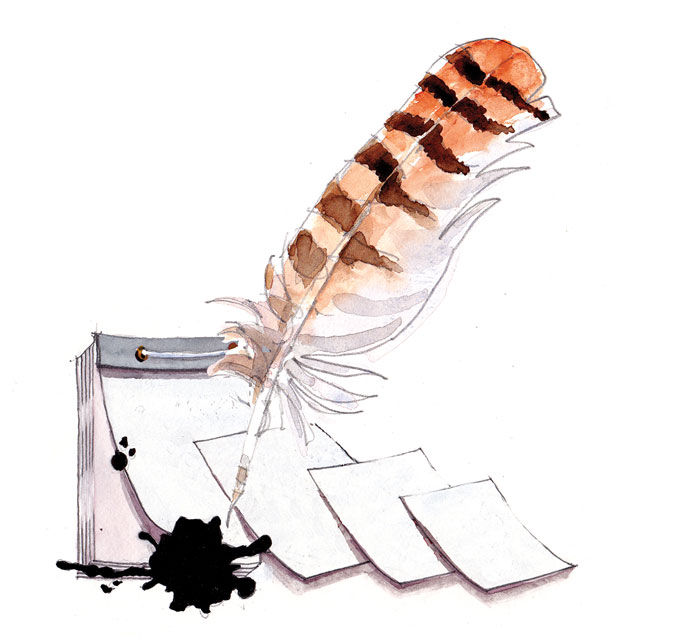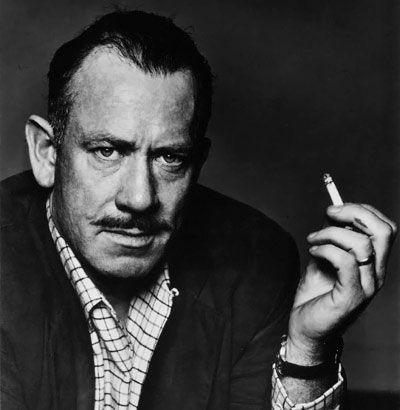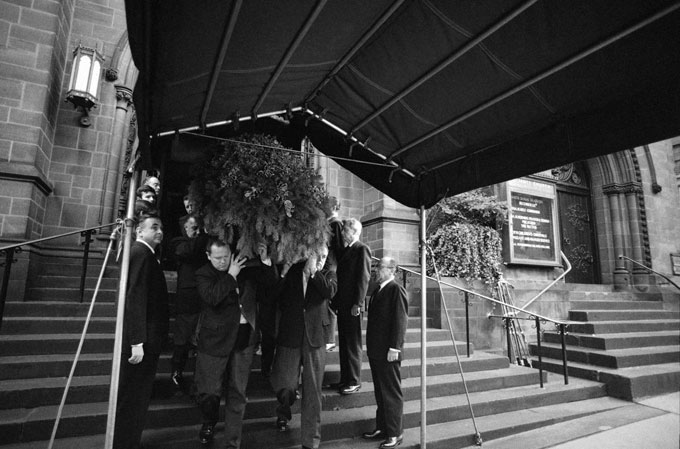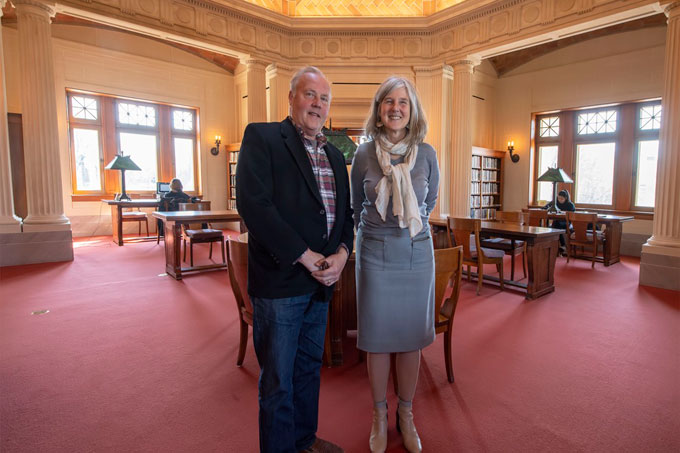John Steinbeck said in 1961 that he wrote Travels with Charley because he’d been in Europe so long he’d lost touch, and sympathy, with America. As shown by John Steinbeck’s USA—the Great Literary Tour series documentary available through April 29 on ARTE TV—America is looking stranger than ever to Europeans in 2019. A Franco-German venture with EU funding, ARTE (Association relative à la télévision européenne) provides serious cultural programming free, without commercials, online and on European television. Narrated in German with English subtitles that probably didn’t mean to be funny, John Steinbeck’s USA combines rare archival footage with interviews, commentary, and video filmed at a variety of venues—a hard shell Baptist church in Brunswick, Vermont; a gun-happy hunter’s house in Deer Isle, Maine; a trailer park home in Middle America—that sync with Steinbeck’s schedule in Travels with Charley. True to the sense and sensibility of Steinbeck’s semi-fictive classic, it’s one literary tour for Europeans that no American with Steinbeck’s anxiety about America’s future should miss.
Video image from John Steinbeck’s USA courtesy ARTE TV











